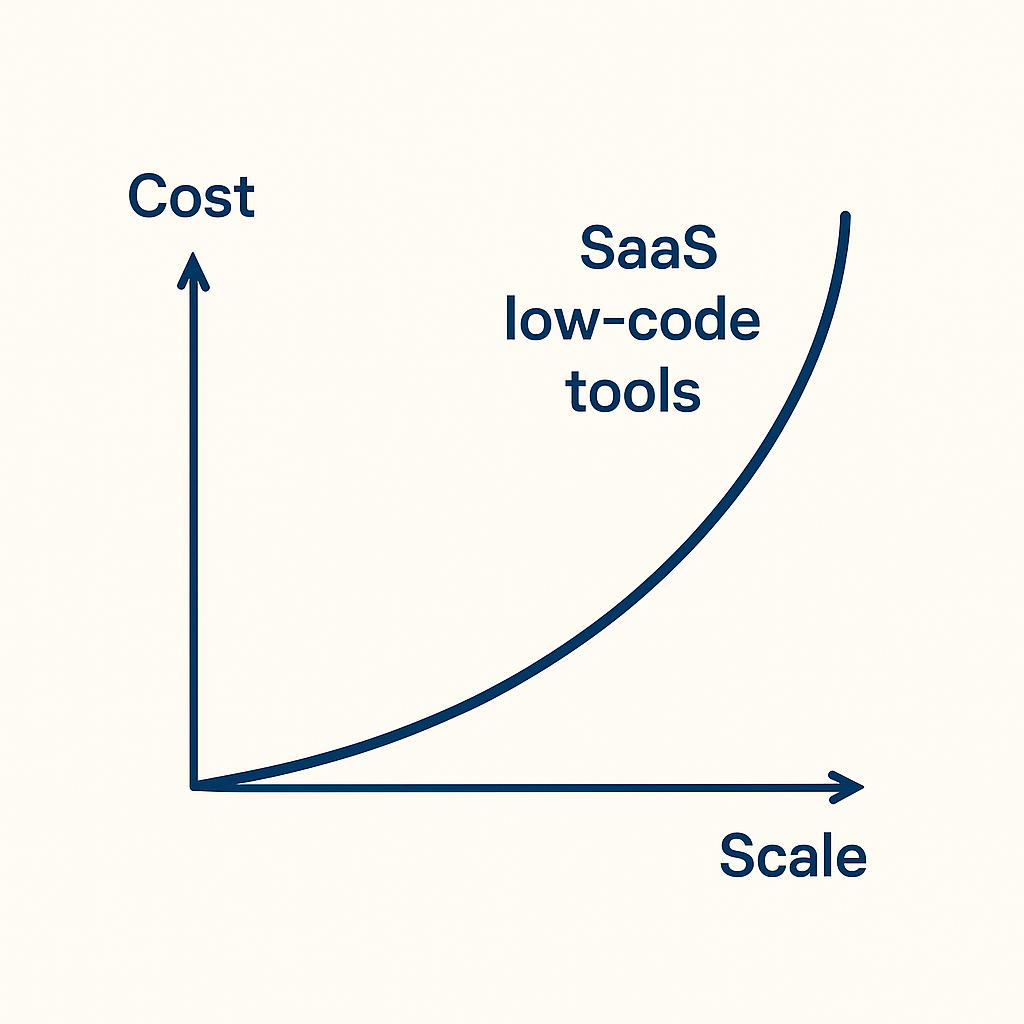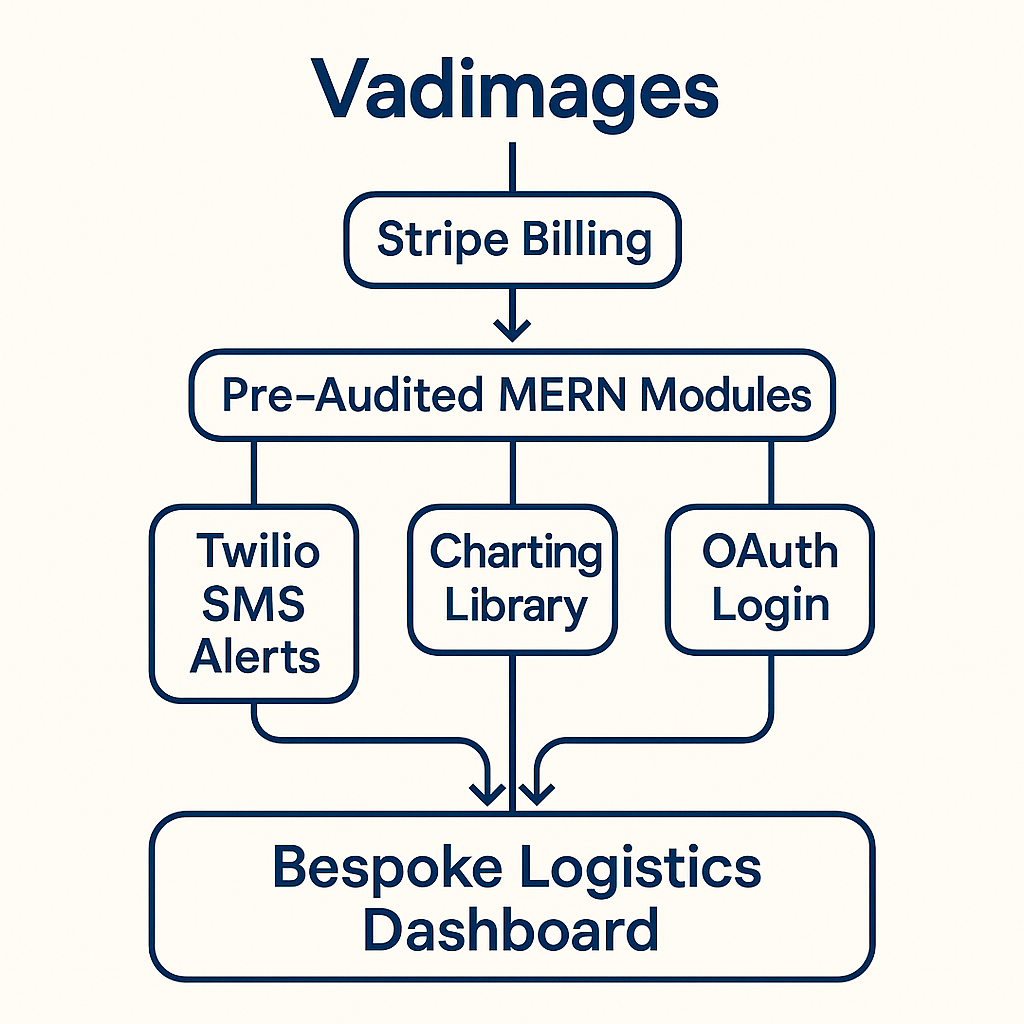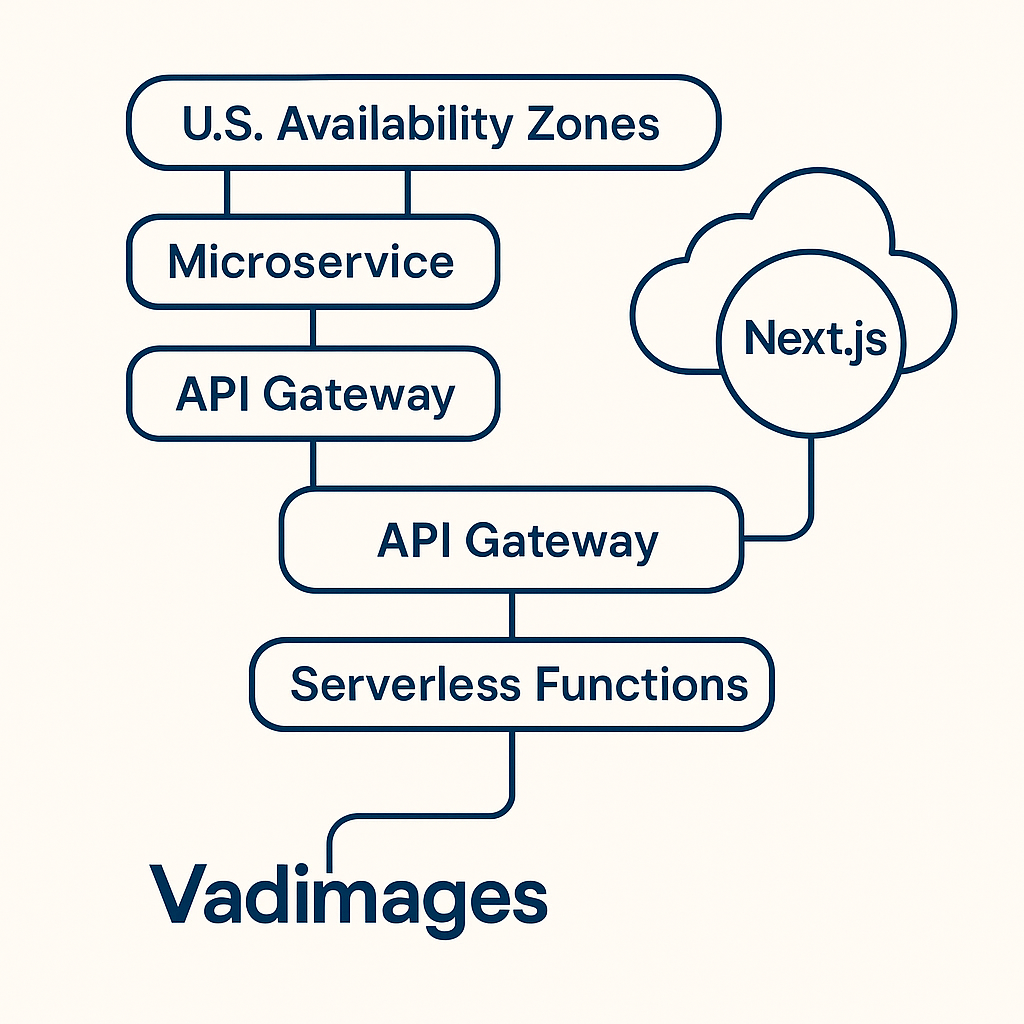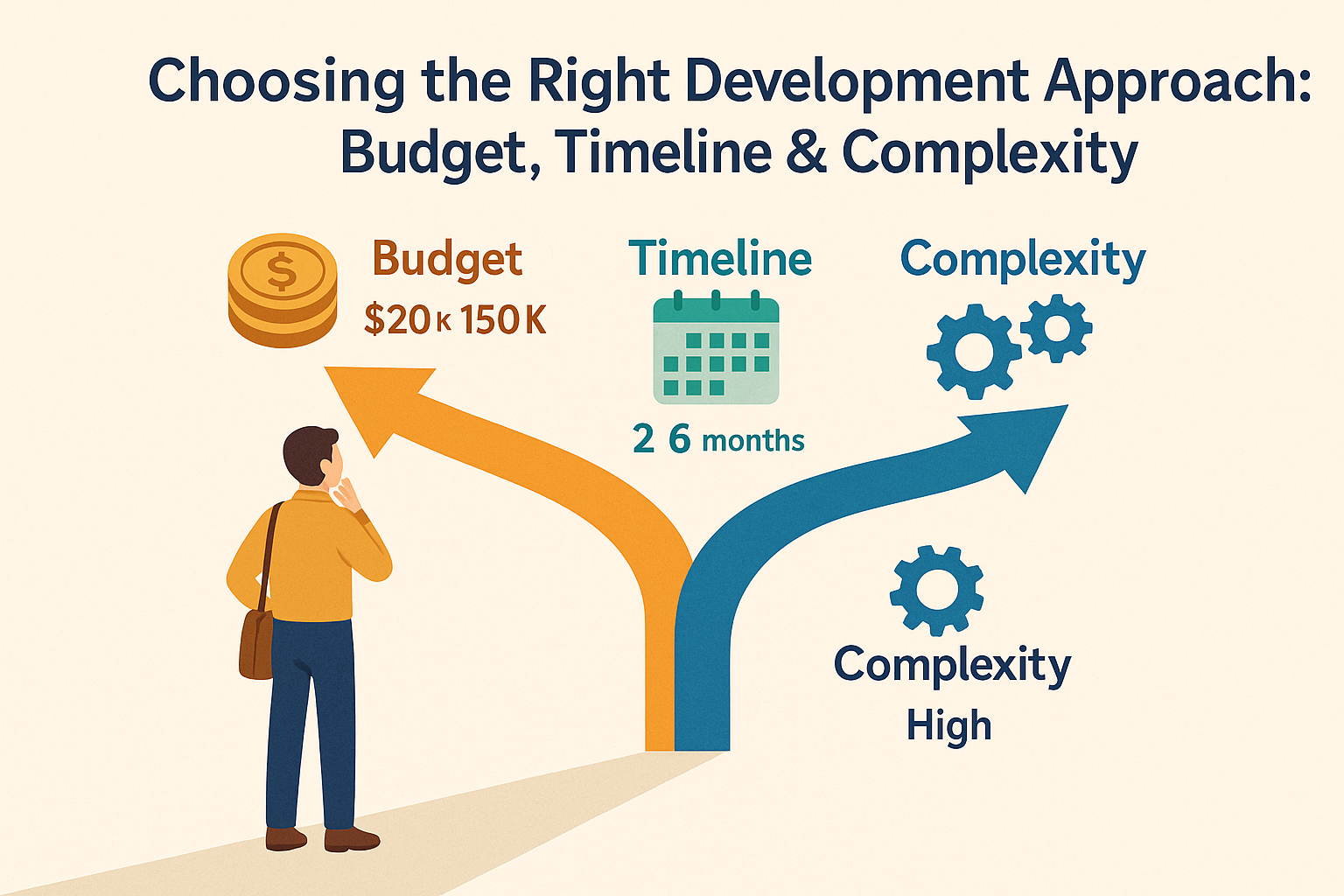The Decision Matrix: Budget, Deadline, and Complexity
When a U.S. small or mid‑sized business reaches the point where spreadsheets can no longer handle daily operations, leaders confront a deceptively simple question: what stack should power the next stage of growth? In practice the answer is a three‑axis equation. First comes hard budget, often between $20 000 and $150 000 for an initial launch in markets like Chicago or Austin, where talent costs mirror national averages. Second is the deadline, which may be a looming trade‑show in three months or the next retail season. Third is functional complexity: will the product merely capture leads, or must it synchronize with Salesforce, QuickBooks, and a custom pricing algorithm at once? At Vadimages we begin every discovery call with a weighted‑score worksheet that maps these axes, because the most elegant framework is worthless if it blows past a client’s fiscal or temporal runway.

Low‑Code, No‑Code, and CMS Solutions: Speed for Lean Budgets
For founders in Atlanta or Denver who need an investor‑ready MVP yesterday, modern low‑code platforms such as Bubble or Webflow, and open‑source CMS ecosystems like WordPress with Gutenberg, remain attractive. The primary advantage is velocity: prebuilt components compress a ten‑week sprint into two. They also defer heavy DevOps costs because hosting is bundled. Yet this convenience becomes a ceiling when product‑market fit evolves. Subscription fees scale per seat, code customizations grow brittle, and API limits throttle performance exactly when marketing spend begins to pay off. Vadimages mitigates these risks by establishing a clean migration path on day one. We decouple proprietary data via REST or GraphQL bridges, store critical records in a cloud‑agnostic PostgreSQL instance, and document each add‑on so that a switch to full‑stack React or Next.js never feels like a rewrite, only a natural promotion.

Custom Full‑Stack Frameworks: Balancing Flexibility and Cost
When a New Jersey logistics firm asked us to build a portal that calculated real‑time less‑than‑truckload rates across six carriers, template‑driven builders collapsed under the math. We reached for the MERN stack—MongoDB, Express, React, and Node.js—because it pairs the agility of JavaScript on both ends with a mature ecosystem of charting, caching, and auth libraries. Total launch cost landed near $80 000, roughly twice a no‑code prototype, but recurring fees dropped sharply once the system ran on optimized AWS Graviton instances. The trade‑off was timeline: nine developer‑sprints instead of four. For many SMBs that extra time buys competitive differentiation: granular quoting rules, white‑label dashboards for partners, and analytics that mine shipment history for fuel‑surcharge predictions. Vadimages maintains a library of pre‑audited modules—Stripe billing adapters, Twilio SMS gateways for urgent delivery alerts, and OAuth connectors—that trims as much as 30 percent off typical custom‑stack development and keeps critical IP in the client’s hands.

Cloud‑Native Microservices and Serverless Architectures: Future‑Proof Scale
Growth‑stage companies in Silicon Valley or the Research Triangle sometimes outpace even classic full‑stack monoliths. Peak traffic may spike from one to fifty thousand concurrent users during a TikTok campaign, or compliance may mandate HIPAA‑grade audit trails. Here we advocate a microservice mesh—Dockerized Go or Rust services orchestrated by Kubernetes, fronted by a React or Next.js edge, and event‑driven through AWS Lambda or Google Cloud Functions. Upfront investment rises; budgets frequently begin near $200 000 because every function, from identity to logging, becomes its own repository with CI/CD pipelines. The payoff is resilience and pay‑per‑use economics. A Tennessee telehealth provider we support saw compute costs drop 42 percent after we migrated prescription fulfillment to serverless queues that sleep between clinic hours. Security posture also strengthens: each microservice exposes only the ports and secrets it needs, limiting breach blast‑radius. Vadimages’ U.S.‑based DevSecOps team layers SOC 2 reporting, automated penetration tests, and real‑time observability dashboards so founders spend less time firefighting infrastructure and more time courting customers.

Whether you need to impress investors next quarter or architect a platform that will survive Series C, Vadimages delivers road‑mapped solutions, transparent pricing, and a Midwest‑friendly project cadence that respects your working hours from Eastern to Pacific time. Every engagement begins with a complimentary architecture workshop where our senior engineers model total cost of ownership across the approaches above, applying current U.S. cloud pricing and market labor rates. Book your slot at Vadimages .com/contact to turn uncertainty into a clear technical strategy—and transform your concept into code that scales.

Leave a Reply
You must be logged in to post a comment.